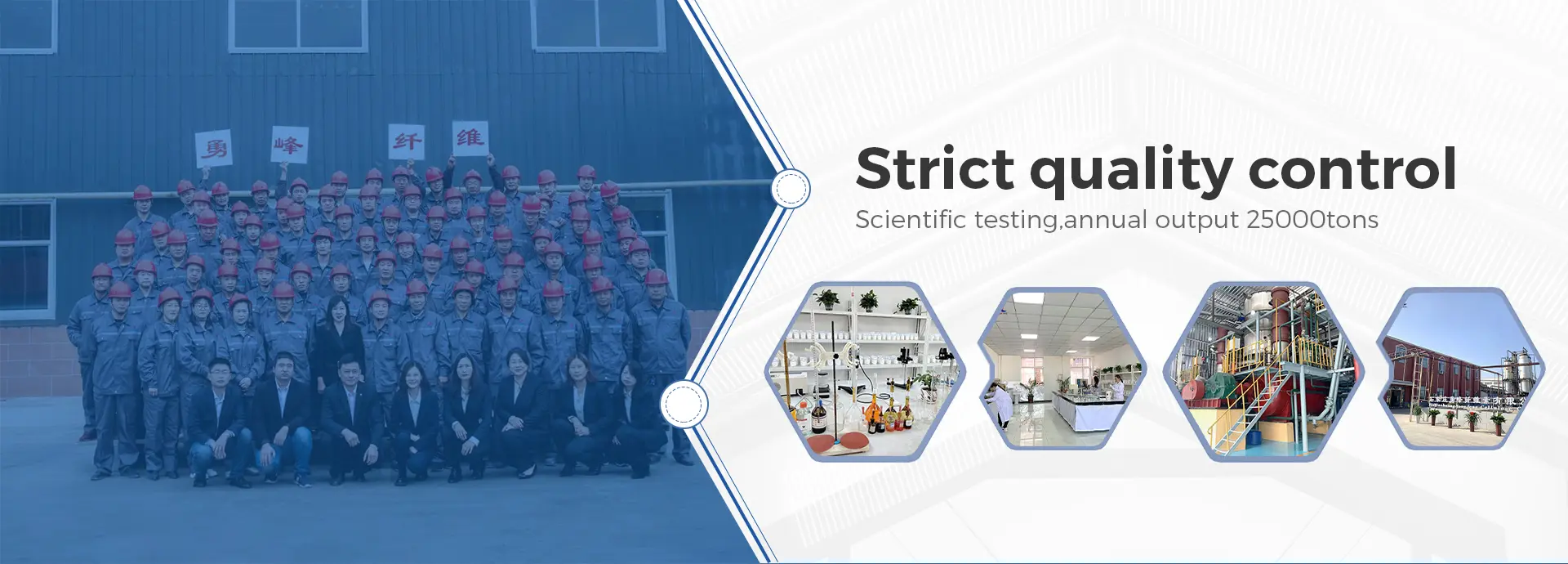Understanding HPMC and Its Similarities to Tylose
Hydroxypropyl Methylcellulose (HPMC) and Tylose are both cellulose-based compounds that have gained significant traction in various industries due to their unique properties and versatility. Although they serve many similar purposes, it’s essential to understand their individual characteristics, applications, and how they relate to each other.
What is HPMC?
HPMC is a semi-synthetic polymer derived from cellulose, a natural polymer extracted from plant materials. It is produced by treating cellulose with propylene oxide and methanol under controlled conditions. The result is a water-soluble compound that has a range of applications across multiple fields, including pharmaceuticals, construction, cosmetics, and food.
One of the defining characteristics of HPMC is its ability to form thick solutions upon dissolving in water, making it an excellent thickening agent. It is also used as an emulsifier and stabilizer, providing critical functional properties in various formulations. HPMC’s thermal and pH stability, along with its biocompatibility, makes it particularly appealing in pharmaceutical applications, especially in the development of controlled-release drug formulations.
What is Tylose?
Tylose, on the other hand, is a commercial brand name for hydroxypropyl methylcellulose that is produced by various manufacturers. While it is essentially a type of HPMC, Tylose is often specified in terms of its molecular weight and degree of substitution, which can influence its solubility, viscosity, and other functional properties. These variations allow Tylose to be customized for different applications in industries such as construction, food, and pharmaceuticals.
Tylose is particularly valued in the construction industry, where it serves as a key additive in dry-mix mortars and tile adhesives. Its ability to provide enhanced workability, water retention, and improved adhesion makes it a preferred choice for manufacturers.
hpmc like tylose

Applications and Similarities
Both HPMC and Tylose exhibit similar functionalities, primarily due to their cellulose-based nature. They are both used as binders, thickeners, and film-forming agents. In the food industry, HPMC and Tylose are utilized to improve texture, retain moisture, and stabilize emulsions. In pharmaceuticals, they both act as protective colloids, enhancing the bioavailability of active ingredients.
In terms of chemical structure, both compounds share a similar backbone. This allows them to undergo similar modifications to tailor their properties for specific applications. For instance, variations in the degree of substitution can influence viscosity and solubility, thus affecting the performance of the end product. This commonality allows manufacturers to select between HPMC and Tylose based on specific formulation requirements.
Choosing Between HPMC and Tylose
The choice between HPMC and Tylose often depends on the specific needs of a formulation or application. For example, while HPMC might be preferred in certain pharmaceutical products due to its well-documented safety and efficacy profiles, Tylose might be selected for construction materials focused on performance and workability.
Moreover, cost considerations can play a role in the decision-making process. Depending on the supplier and the specific type of modification, one may be more economically viable than the other, influencing its adoption in specific industries.
Conclusion
In summary, HPMC and Tylose are two cellulose-based compounds that are closely related yet tailored for distinct applications across various industries. Their versatility and beneficial properties make them invaluable in fields ranging from pharmaceuticals to construction and food. Understanding the similarities and differences between these two materials can aid in selecting the appropriate compound for a specific application, maximizing performance while ensuring product quality. As industries continue to evolve, the demand for these compounds will likely increase, reinforcing their significance in both current and future applications.
-
Rdp Powder: Key Considerations for Wholesalers in the Building Materials IndustryNewsJul.08,2025
-
Key Considerations for Wholesalers: Navigating the World of Hpmc - Based ProductsNewsJul.08,2025
-
Hpmc Detergent: Key Considerations for WholesalersNewsJul.08,2025
-
Key Considerations for Wholesalers: China Hpmc For Tile Adhesive, Coating Additives, Concrete Additives, and MoreNewsJul.08,2025
-
Crucial Considerations for Wholesalers: Navigating the World of Construction MaterialsNewsJul.08,2025
-
Key Considerations for Wholesalers Sourcing Additive For Cement, Additive For Concrete, Additive For Putty from Additive Manufacturer Shijiazhuang Gaocheng District Yongfeng Cellulose Co., Ltd.NewsJul.08,2025




